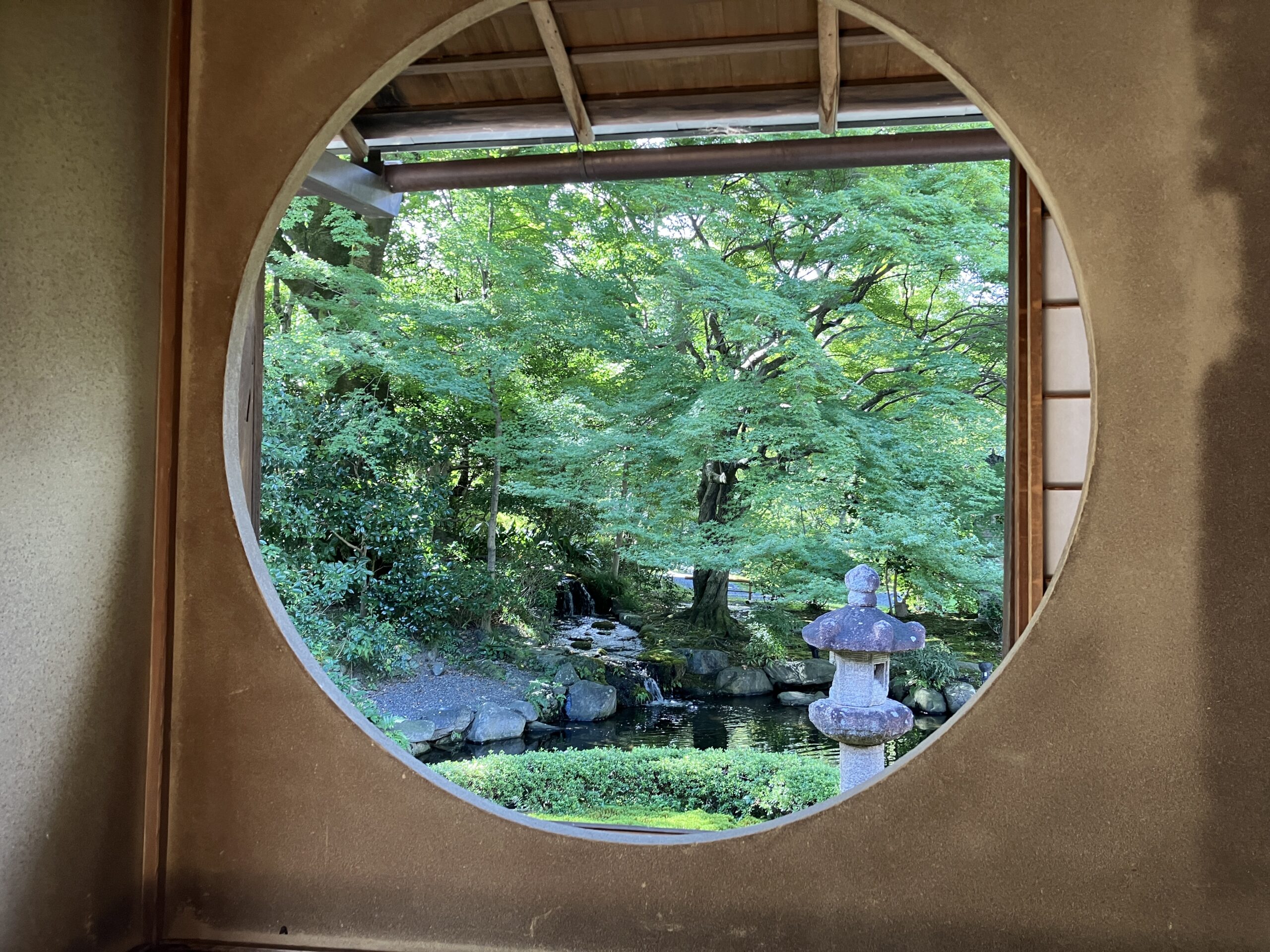Kaguya-hime
In a Japanese myth, there is a story called “Kaguya-hime”, known as ”Bamboo Princess”.
When an old man went to cut the bamboo, he saw a bamboo that was shining bright. He finds a tiny girl inside the glowing bamboo, and he and his wife decides to raise the girl. The girl grew up as a beautiful young woman bringing fortune. Soon her beauty became famous and attracted many suitors. But she sets unbelievable, impossible tasks asking them to prove their love for her. Eventually, she reveals her origin: that she is from the Moon and must return there. On the night of her departure, she writes a letter to her parents and to one person she loved and gave him an elixir.
She rises to the moon leaving behind the heartbroken person, who burns the letter at the top of Mt Fuji showing her his eternal love.
Moon and September
September is also called “Nagatsuki”, meaning nights start getting longer in autumn. September is the traditional time for “Tsukimi” or moon-viewing in Japan. The 15th night of the 8th month in the old lunar calendar is known as “Jugoya” or “Chushu no Meigetsu” (harvest moon). People celebrate by viewing the moon, which is considered particularly beautiful at this time.
I always remember the myth of “Kaguya-hime” when I look at the moon. The story can be felt like a sad story but I think this shows the everlasting love. Looking upon the moon, it makes my heart warm.
Tsuki Temae
In Japanese tea, there is a temae, which is the fundamental aspect of the Japanese tea ceremony, referring to the specific procedures and techniques used in preparing and serving matcha. One of them is the Chabako, which uses few tools so it can be prepared even outside. There are seasonal names for it, which are Unohana (Summer), Hana (Spring), Tsuki (Autumn), and Yuki (Winter). Why I wrote starting from Unohana (Summer) instead of Hana (Spring) is that Unohana is known for the basic temae, simple and easy to understand the meaning of each tool.
Tsuki, which means moon in Japanese is a popular temae to be done in autumn. This was designed by Gengensai, the 11th Tea Master. This temae uses a special tool and looks very difficult and complicated but the key is for Teishu (the person serving the tea) to give the delicious tea and procedure as smooth as possible making it fun and the most beautiful among the three others.
Moon or tea or…?
September is a month to enjoy the moon viewing and tea. But what more for me? The sweets that come out just for this season, “Tsukimi Dango”. They are small, round, white dumplings made from rice flour resembling the full moon. Funny thing is that tsukimi dango is different between the Kanto area and Kansai area. In the Kanto area, the shape is round and just plain white dumplings. On the other hand, Kansai tsukimi dango are shaped like a teardrop often half covered with red beans. Which one do I like the most? Of course, the one that I can enjoy both the dango and red beans!
Enjoy the moon or tea… or tsukimi dango? Sweets are preferred to flowers, Hana Yori Dango.





Comment